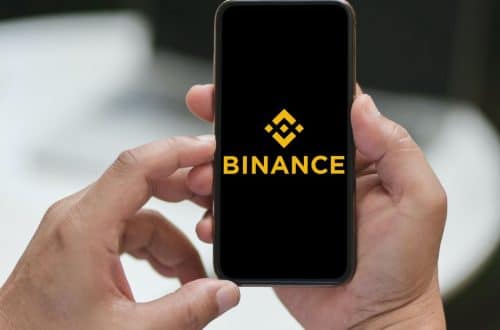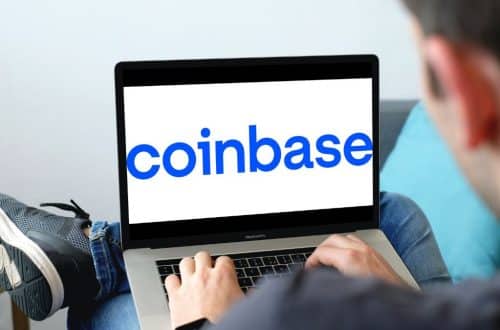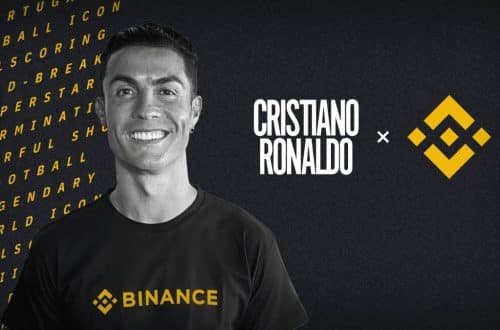
What Are Wrapped Tokens?
A wrapped token also referred to as a wrapped coin, is a digital asset that is backed by another asset. For example, Dai is a wrapped token that is backed by the US dollar. The value of Dai is pegged to the US dollar, so 1 Dai = $1 USD.
Wrapped tokens are created on Ethereum’s blockchain using the ERC20 standard. This means that they can be stored in any ERC20-compatible wallet.
Wrapped tokens are popular because they allow users to trade assets that they would not otherwise be able to trade on Ethereum’s blockchain. For example, wrapped Bitcoin (WBTC) allows users to trade Bitcoin on Ethereum’s decentralized exchanges.
There are a few different types of wrapped tokens:
1. Wrapped tokens that are backed by other assets, such as wrapped Dai and wrapped BTC. These tokens represent a 1:1 exchange of the underlying asset, so 1 WBTC = 1 BTC.
2. Wrapped tokens that represent ownership of another type of token, such as wrapped BNB or ERC20-ERC 20 tokens. These tokens are backed by the underlying token at a 1:1 ratio, so 1 WBNB = 1 BNB.
3. Synthetic tokens that track the price of an underlying asset, such as synthetic S&P 500 (SPY) or synthetic gold (GLD). These tokens are not backed by any underlying asset, but they give holders exposure to the price movements of the underlying asset.
4. Finally, there are wrapped versions of non-fungible tokens (NFTs). These NFTs can represent anything from digital art to in-game items. The most popular wrapped NFT is Wrapped ETH (WETH), which allows users to trade ETH on Ethereum’s decentralized exchanges.
Unlike the original asset, wrapped tokens can be used on non-native blockchain networks and ultimately redeemed for the original crypto.
For example, WETH can be used to trade on decentralized exchanges that don’t support ETH. When the trade is complete, the WETH can be converted back to ETH.
Wrapped tokens have several benefits. First, they allow users to trade assets that they wouldn’t be able to otherwise. For example, many decentralized exchanges only support a handful of cryptocurrencies. However, by wrapping an asset, it can be traded on these exchanges.
Second, wrapped tokens make it easier to transfer assets between different blockchain networks. For example, many Ethereum-based DeFi protocols only accept ERC-20 tokens. So, if you want to use a Bitcoin-based protocol, you would first need to wrap your BTC into an E
Use Cases
As many crypto networks have their token standards, such as ERC20 for Ethereum and BEP20 for BSC, these standards can’t be ported across several chains. This is where wrapped tokens come in as a solution. By wrapping a token, you can use it on another network that supports a different standard.
Another popular use case for wrapped tokens is to facilitate cross-chain trading. For example, you might want to trade your BTC for an altcoin that’s only listed on a different blockchain. By wrapping your BTC into a wrapped token that supports the desired blockchain standard, you can then trade it on an exchange platform for the altcoin.
Overall, wrapped tokens provide flexibility and utility to crypto users who want to interact with various networks or take advantage of cross-chain trading opportunities.







